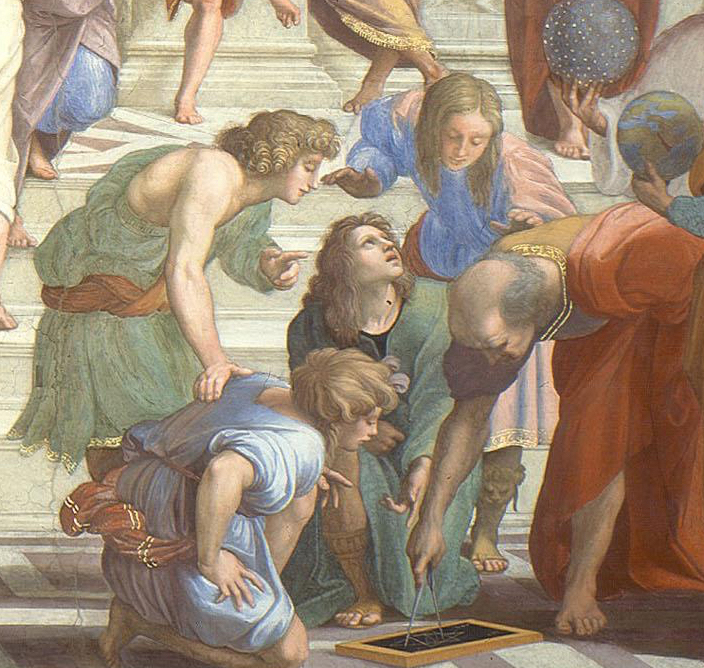Jacob Jordaens, 1593-1678
Jacob Jordaens, The King Drinks (1638)
(Click the image for a lightbox view)
"In een vry gelachllst goet gast syn" ("Where there is a free meal it is good to be a guest.")
We see a scene from "The Festival of the Three Kings," a holiday celebrating The Epiphany, usually held of January 6. The close-packed interior shows, not a solemn celebration of a sacred event, but a carnival atmosphere expressing joy in all its colors, bright and dark.
Some commentators see The King Drinks as a condemnation of drunken excess. However, since the king in the painting is Jordaens' father-in-law, Adam van Noort, it is unlikely that the work is an expression of outrage or condemnation. Rather, like so many other Flemish narrative works, we see the whole range of human emotions and actions: some disgusting, some laughable, some heightened by merriment, and a host of other feelings and sensations. Anyone who has ever joined a rollicking party will recognize the gamut.
A quieter version of a festive gathering: Jordaens's rendition of the Flemish saying "Soo voor gesongen, soo na gepepen.” ("As the old sing, so the young pipe")
I wonder if there is any symbolism in the two birds: the songbird in a cage, the owl perched over the singing woman in the high-backed chair.
(Click on the image for a lightbox view)






